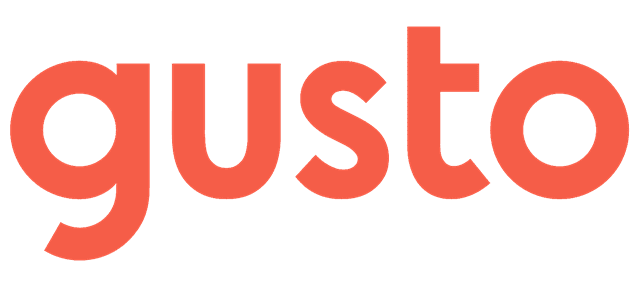Look for most or all of these features in high-quality payroll software for one employee.
Employee Self-Service
Your employee should be able to log in to your software and easily update their contact information and review their pay stubs. This way, your employee gets what they need without you taking any extra action.
HR Services
Many one-employee payroll platforms offer HR services either as part of your pricing plan or as an add-on feature. These services primarily include employee benefits and compliance management.
Mobile App
Many payroll platforms are accessible via mobile apps you download to your smartphone. This way, you and your employee can access your payroll system from anywhere at any time.
New-Hire Reporting
When you hire your employee, you must file official paperwork to report this hiring to your state. Most payroll services entirely handle this compliance requirement on your behalf.
Pay Schedules
The best payroll services allow you to set up whichever of the major four pay schedules works best for your cash flow. These include weekly, biweekly, semimonthly and monthly payments.
Payment Options
If you’d like to pay your employee via direct deposit, you can set it up through your payroll service. The same is true if you want to pay by paper check or pay card.
Tax Calculation, Payment and Filing
You must withhold and pay federal income and FICA taxes on employee (but not contractor) payments. Depending on your state and municipality, you may also need to withhold and pay state and local taxes. Payroll services determine your requirements, then calculate, withhold, file and, often, pay these taxes each pay period.
Time and Attendance Tracking
Though sometimes an add-on rather than an included feature, time and attendance tracking goes hand in hand with payroll. After all, it’s quite logical to mark your employee’s paid and unpaid hours or days in the same system through which you calculate pay. Time and attendance tracking functionality in payroll software may also include paid time off (PTO) management so you can successfully administer your PTO policy.
Unlimited Payroll Runs
Most payroll services for one-employee businesses support an unlimited number of payroll runs. In rare cases, one-employee payroll providers charge per payroll run atop your monthly fees. Confirm that the service you’ve chosen offers unlimited payroll runs before signing on the dotted line.
Year-End Tax Forms
At the end of every year, you must file a W-2 tax form for your employee and share it with them. You must also file year-end 1099 forms for any contractors you pay more than $600 per year. In either case, one-employee payroll systems auto-generate – and often file – these forms for you.
When comparing
1099-MISC vs. 1099-NEC year-end tax forms, you’ll see that the 1099-NEC is the correct form to issue to contractors. Previously, it was the 1099-MISC form that applied to contractors, but that has been changed to report other types of payments.










